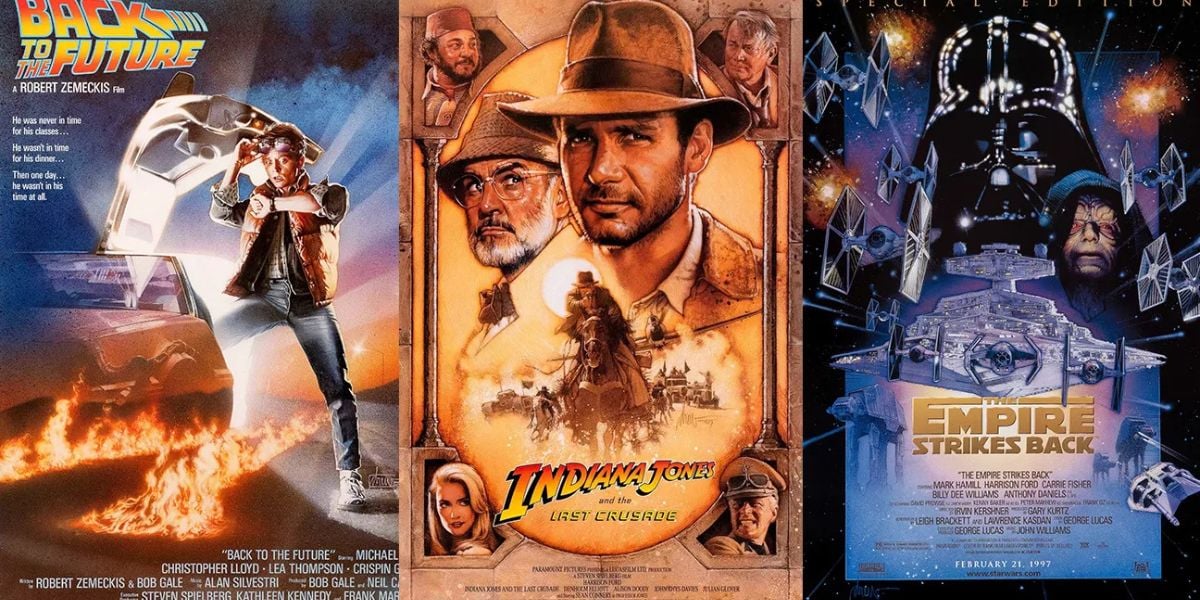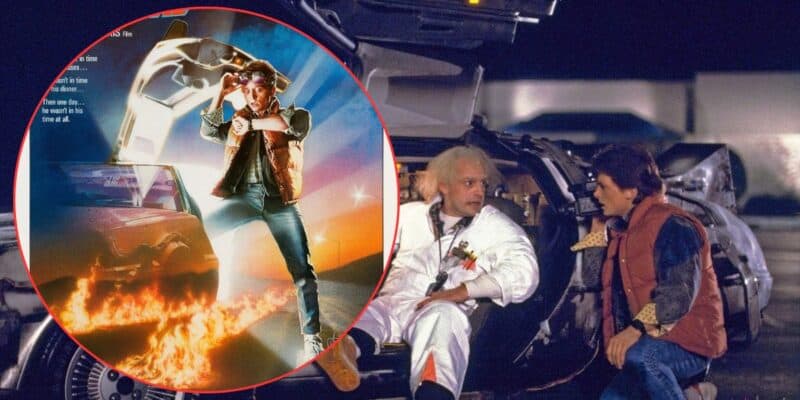The world of film marketing and poster art is in mourning: Drew Struzan, the masterful illustrator behind some of cinema’s most iconic posters, has passed away at the age of 78. According to a statement posted on his official Instagram account, Struzan died on October 13 after years of battling Alzheimer’s disease, a condition that had gradually forced him into retreat from the public eye.
“It is with a heavy heart that I must tell you that Drew Struzan has moved on from this world as of yesterday, October 13th. I feel it is important that you all know how many times he expressed to me the joy he felt knowing how much you appreciated his art.” — Greg (via Struzan’s Instagram)
View this post on Instagram
The announcement carried both sadness and gratitude — sadness for the loss of a creative force, and gratitude for the thousands of posters, illustrations, and visual memories he gifted to fans and filmmakers alike.
A Giant Behind the One-Sheet

Drew Struzan’s name might not have always been front and center, but his art defined countless cinematic eras. Over decades, he became a linchpin in Hollywood marketing, earning the nickname “the one-sheet wonder” for his ability to distill a film’s tone into a single, unforgettable image.
From his collaborations with Steven Spielberg and George Lucas to projects with studios around the world, Struzan produced poster art for a stunning roster of films: Indiana Jones and the Last Crusade, Risky Business, the special edition Star Wars: The Empire Strikes Back, Back to the Future, The Goonies, The Thing, and Harry Potter and the Sorcerer’s Stone, among many others.
What set Struzan apart was his signature style — bold, dramatic, and character-driven. He had an uncanny talent for layering multiple characters and narrative elements into a single, cohesive composition, making ensemble casts feel unified yet distinct. He captured emotional tone and tension with brush strokes, letting each poster tell a story of its own.
Spielberg once called Struzan “my favorite movie artist,” later adding, “I had to almost live up to the art that we later were going to ask Drew to create for the poster.” That comment alone hints at how deeply Struzan’s work influenced not just audiences but the filmmakers he collaborated with.
From Humble Beginnings to Poster Royalty
At a 2018 tribute event, Struzan offered a rare glimpse into his personal journey. He shared that he’d grown up without birthday parties or lavish treats—life was work, persistence, and often uncertainty. “I never had a birthday party, never had a good meal… everywhere I went, I worked my ass off,” he recalled, attributing much of his success to the directors and studios who trusted him over the years.
One touching moment from that same tribute came from Dean DeBlois, known for How to Train Your Dragon. DeBlois admitted that as a child he rarely got to see the movies in theaters but would stand before Struzan’s posters and let them transport him into the films’ worlds. In his own words: “I could go to the theater and stare at the poster and try to recall everything about the film… And it just jogged my imagination.”
That kind of emotional resonance is the very essence of poster art—and Struzan was among the handful of artists who elevated it to an art form.
Reactions Flood In: Tributes From Across the Creative World
Following the news of his passing, tributes poured in from across the film, comics, and art worlds.
Jim Lee, long-time DC Comics president and artist, described Struzan as “a giant among giants,” praising his ability to capture the humanity and emotion of his subjects.
J. Scott Campbell, a well-known comic and fantasy illustrator, expressed heartbreak and awe at Struzan’s legacy: “He has left us all with so much beauty to enjoy for generations to come.”
These are just a few voices in a chorus of admiration for someone whose work reached deeply into collective memory, movie by movie, poster by poster.
Legacy, Philosophy, and the Next Project
View this post on Instagram
Struzan’s influence was documented in the 2013 documentary Drew: The Man Behind the Poster, which explored how one man’s brush impacted so many cinematic moments. In that film and in interviews over the years, Struzan offered insight into his philosophy of work and creation.
When asked which of his posters was his favorite, his answer was nothing short of poignant: “If I had a favorite, then I would have already done the best I can do. I’d lose my spark of creativity. My favorite is always the very next one.” That sentiment captures his restless drive, humility, and forward-looking spirit.
His posters aren’t just advertisements — they’re visual keystones in film fandom. A poster could spark anticipation, send waves of nostalgia, or become a collector’s treasure. And his influence lives on in every vibrant brushstroke that sets the tone for cinematic stories.
Remembering Drew Struzan
As Hollywood reflects on the life and work of Drew Struzan, several things become clear:
-
His artistic voice gave shape to characters and stories long before audiences ever pressed “Play.”
-
His aesthetic sensibility bridged eras — from 1980s adventure blockbusters to modern fantasy epics.
-
He valued authenticity, detail, and emotional resonance over gimmicks.
-
He never stopped working, dreaming, or reaching for that next image.
At the end of the day, Drew Struzan’s contribution wasn’t just about marketplace appeal—it was about memory, imagination, and the emotional pull of what we see before we film ever begins.
To fans, filmmakers, and illustrators alike: when you step back and gaze at a poster that moves you, a part of Struzan lives there. His departure is deeply felt, but the visual language he shaped will continue to inspire, haunt, and celebrate our love for film well into the future.
May his brush rest gently.
